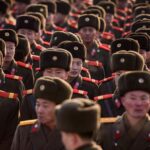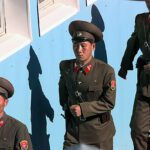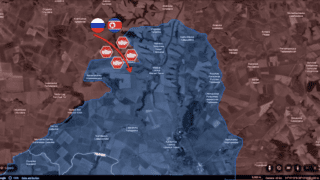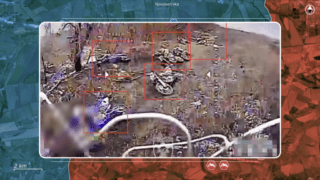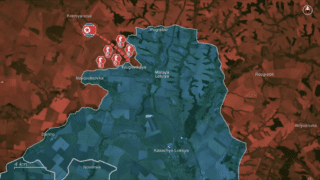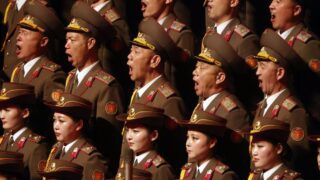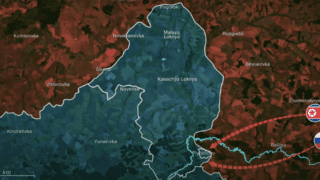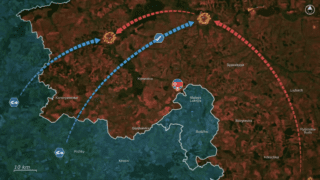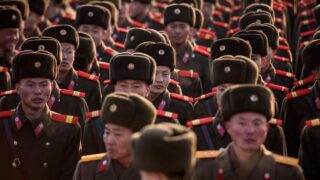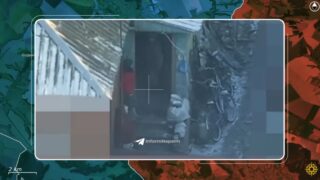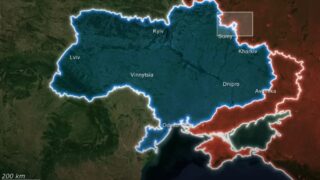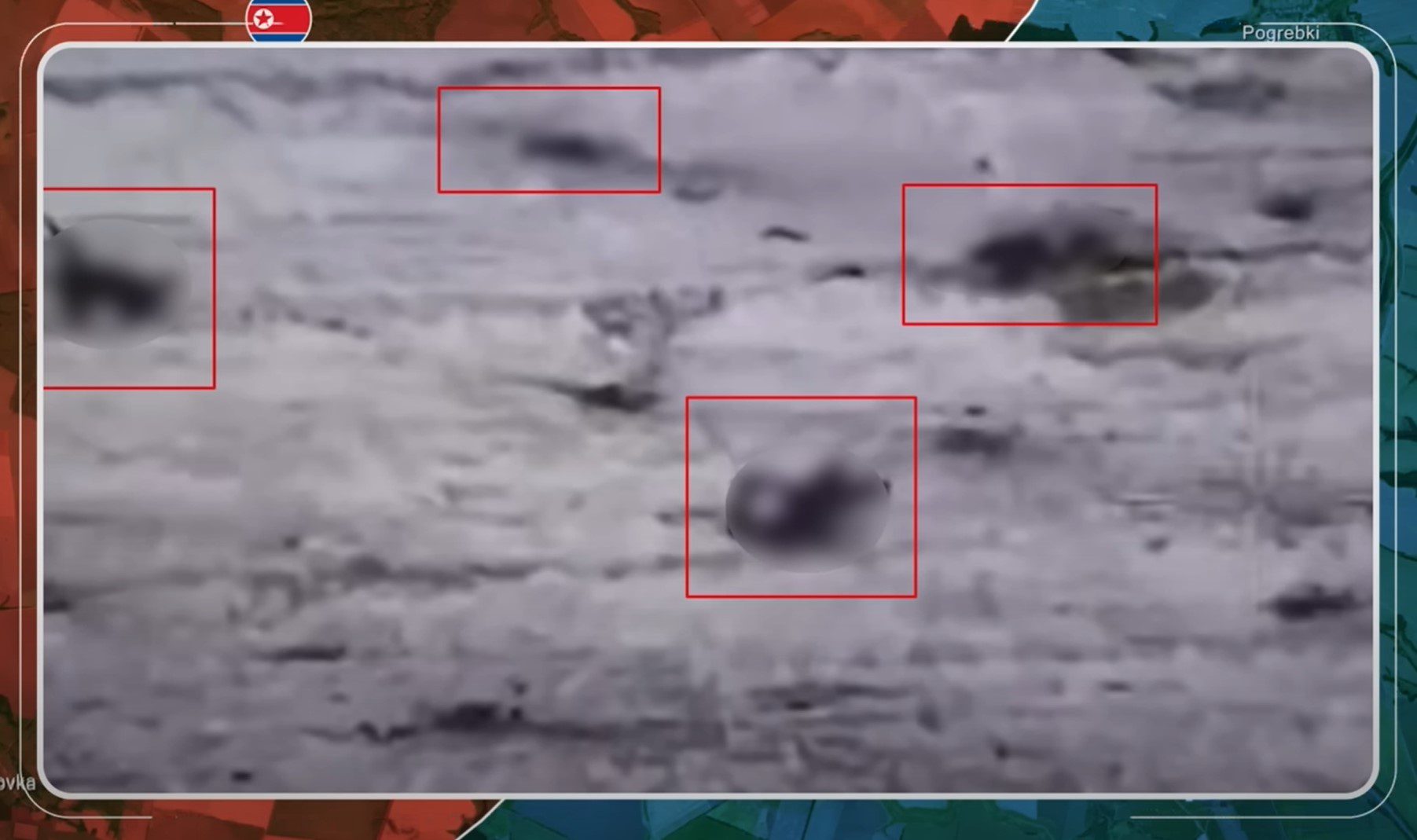
Frontline report: Ukrainian cluster shells shatter North Koreans in Kursk massacre, survivors refuse to fight
19 December.
Today, there are a lot of updates from the Kursk direction. Here, Russian commanders realized the previous North Korean assaults were costing them dearly and going nowhere. This led to additional “meat grinder” attacks launched in new directions to break through Ukrainian defenses toward the village of Malaya Loknya. In response, Ukrainians unleashed cluster ammunitions with ruthless precision, inflicting devastating losses and holding this offensive in the most decisive way possible.
Following the disastrous outcome of North Korean units’ initial engagements near the village of Kruglenkoe, the Russian command faced a harsh reality: the “meat grinder” tactics they had banked on were not delivering the desired results. With mounting casualties and dwindling morale, it became evident that deploying North Korean troops in isolation was a wasted effort. Their inadequate training, outdated equipment, and rigid Soviet-style tactics, combined with heavy losses against Ukraine’s layered defenses, made it clear that persisting with the same strategy would lead only to further humiliation and bloodshed.

Russians expand battlefield to Malaya Loknya in desperate gamble
Acknowledging these limitations, Russian commanders changed their approach, expanding the operational area by shifting focus from Kruglenkoe to a broader front that included positions near Novoivanovka to advance toward the tactically significant village of Malaya Loknya. This adjustment reflected both their desperation and a calculated gamble.
The Russians sought to exploit what they perceived as vulnerabilities in Ukraine’s defensive posture. They aimed to stretch Ukrainian forces and capitalize on weeks of relentless assaults that may have worn down their defenses. This would also put Ukrainian ground lines of communication with Novoivanovka under pressure, destabilize logistics, and possibly isolate Ukrainian soldiers in the village.

Ukrainians turn North Korean advantages into weaknesses
The operation, however, was full of challenges. Ukrainian forces maintained intense surveillance of the entire sector, employing drones and well-coordinated defense networks to monitor enemy movements. While the North Korean troops brought a numerical advantage and a primitive assault doctrine to the battlefield, glaring disadvantages offset these benefits.
The attacks relied on narrow vectors, making them highly predictable and vulnerable to concentrated countermeasures. Ukrainian defense units in this sector had already gained significant experience repelling such tactics during the similarly concentrated Russian mechanized assaults on Novoivanovka, forcing Ukrainians only to adapt to the lack of armored vehicles used by the North Koreans.

By the time Russian forces unleashed the North Korean troops in the Novoivanovka sector, Ukrainian defenders had fully adapted to the North Korean pure infantry “meat grinder” assaults. The relentless but predictable nature of these attacks allowed Ukrainian units to refine their defensive strategies, leveraging a combination of entrenched positions, artillery, and modern countermeasures. Among the most devastating weapons in Ukraine’s arsenal were cluster shells, which once again proved particularly effective against densely packed infantry formations.
Cluster munitions devastate North Korean “meat grinder” attacks
Geolocation footage shows that as North Korean troops surged forward in waves, Ukrainian forces deployed cluster munitions with pinpoint accuracy and with devastating effect. Designed to scatter submunitions over a wide area, these shells proved perfect for countering mass assaults, shredding entire platoons in mere moments. The resulting devastation was catastrophic, and the psychological toll on the survivors was equally severe, with many reportedly hesitating or refusing to advance after witnessing the carnage. This contrasted their initial response near Kruglenkoe, where they pressed forward despite regular artillery fire.

Overall, the failure of these assaults highlighted the fundamental flaws in the Russian reliance on poorly equipped and trained North Korean forces to achieve tactical objectives. Military analysts confirmed that extreme losses from around 300 killed and wounded just in the first 3 to 4 days of fighting had forced the North Korean officer staff to start already replenishing their assault groups with personnel from their 94th Separate Brigade, which was still held in reserve.
The rigid and predictable approach of the North Korean units played directly into the Ukrainians’ hands. Combined with strong surveillance and the use of cluster munitions, their expanded Russian frontline assaults near Novoivanovka turned into yet another nightmare. The relentless Russian and North Korean offensives only serve to underscore the growing disparity in tactical sophistication between them and the Ukrainian Armed Forces.
In our regular frontline report, we pair up with the military blogger Reporting from Ukraine to keep you informed about what is happening on the battlefield in the Russo-Ukrainian war.

